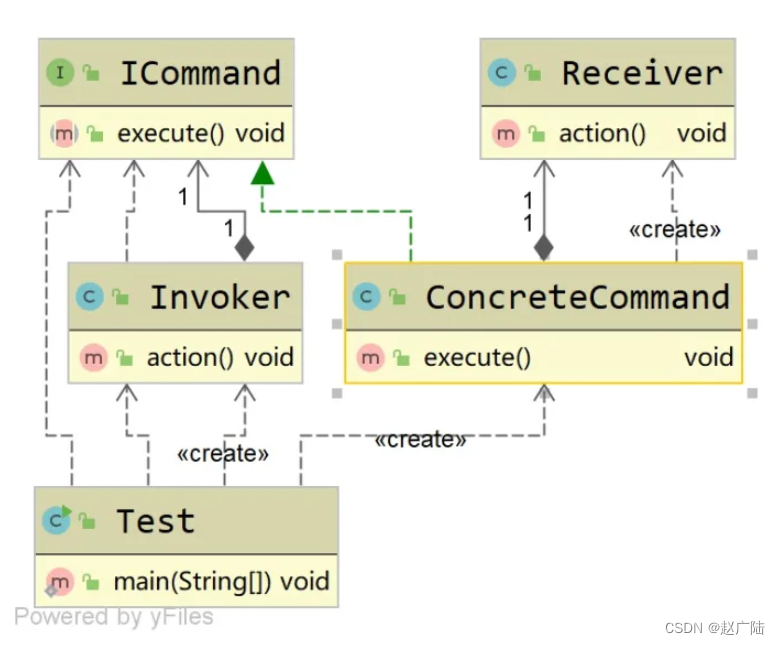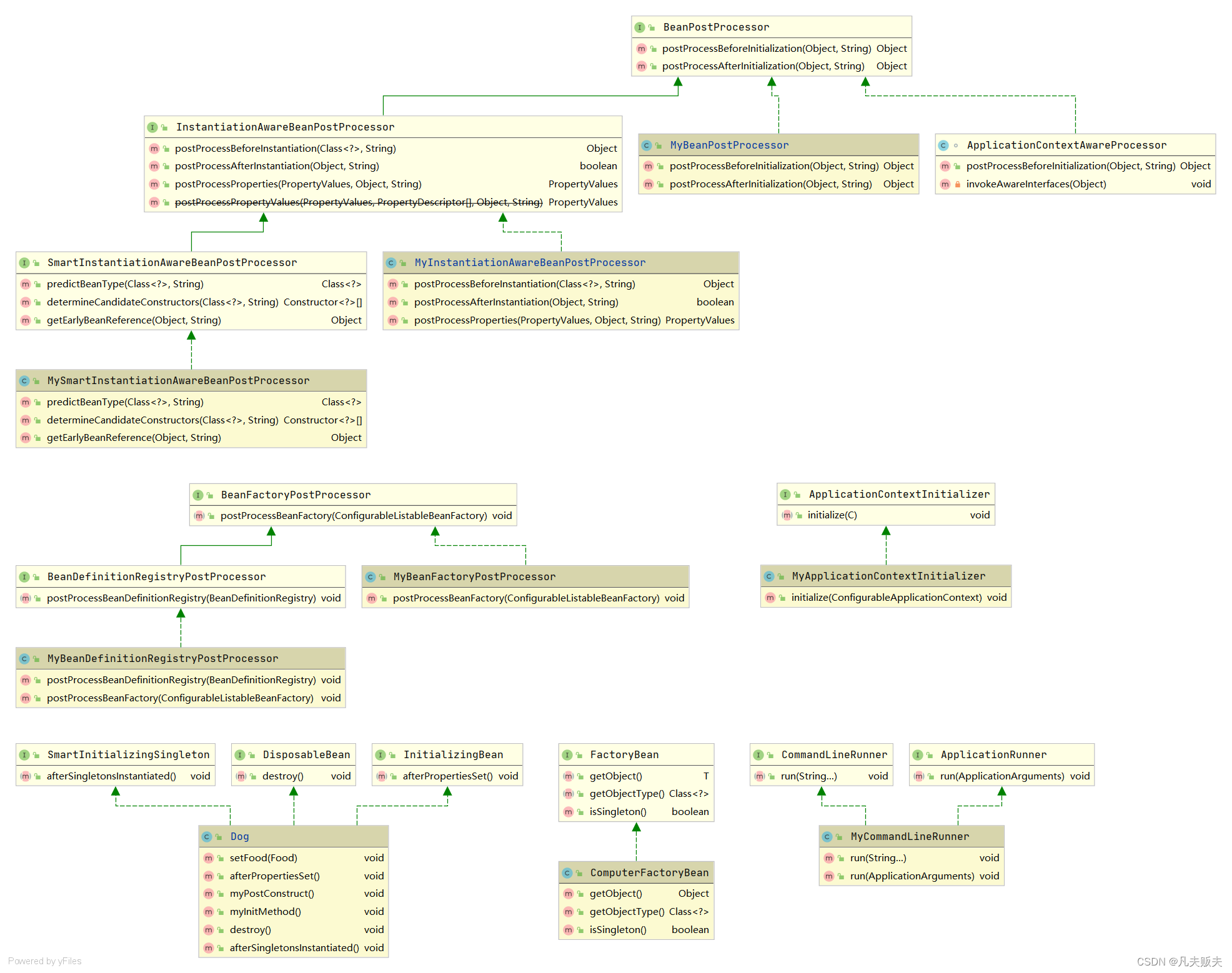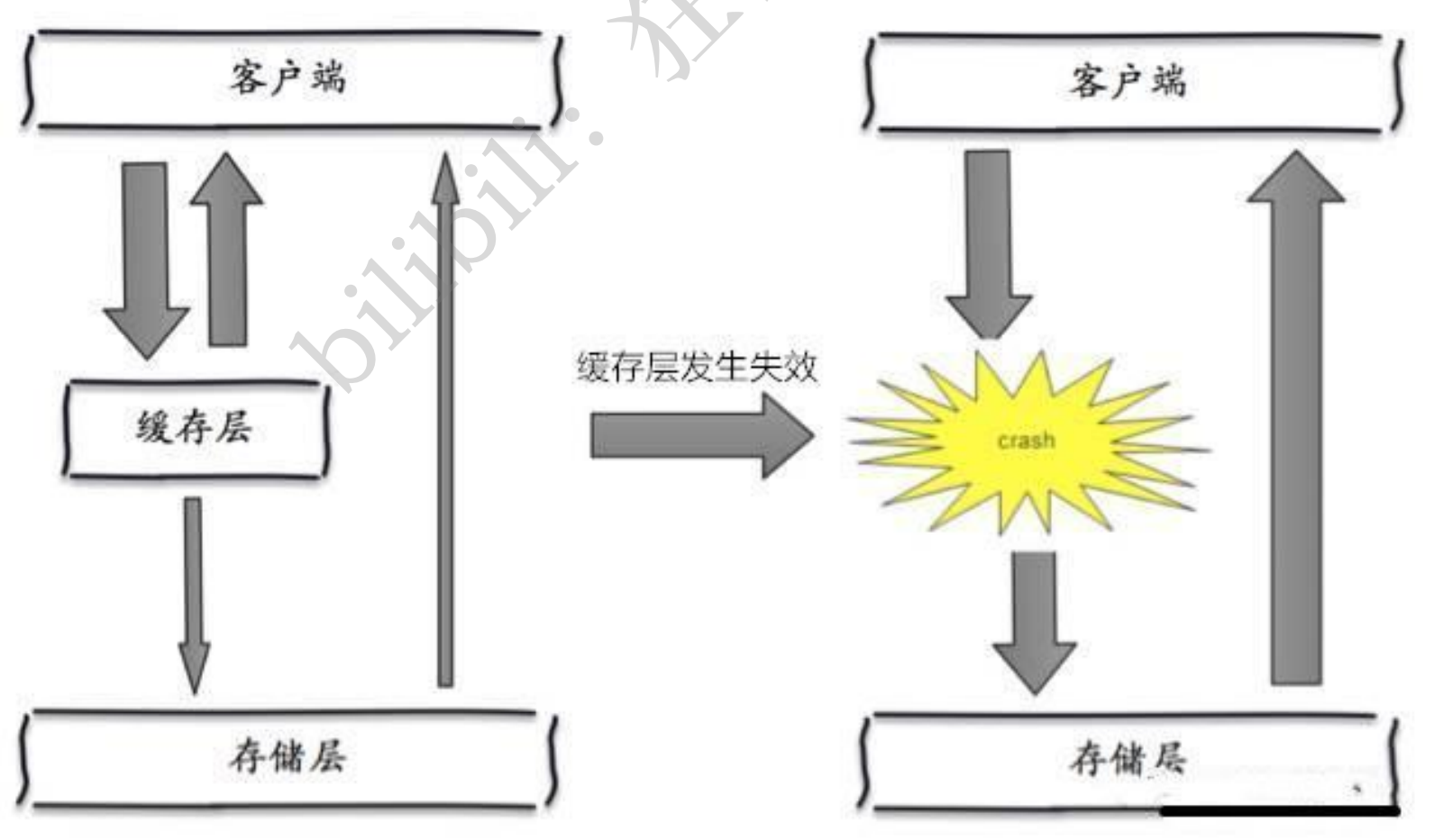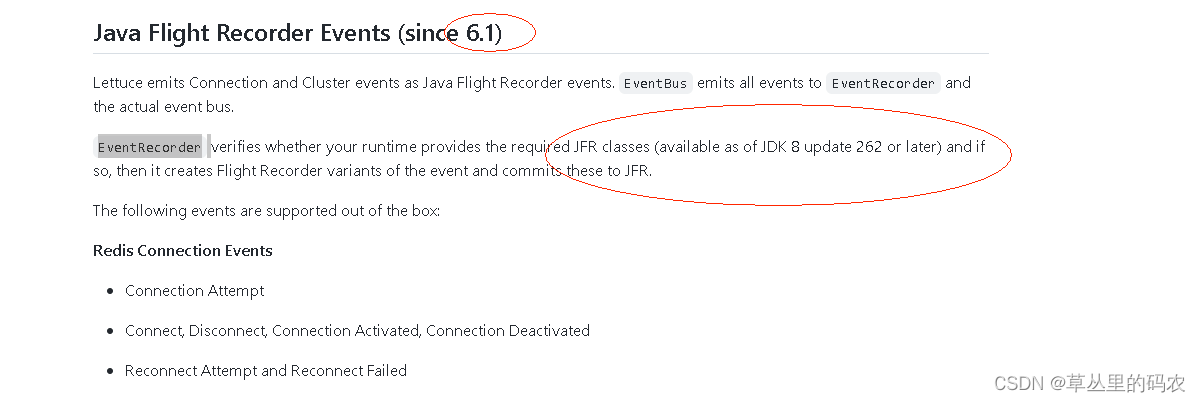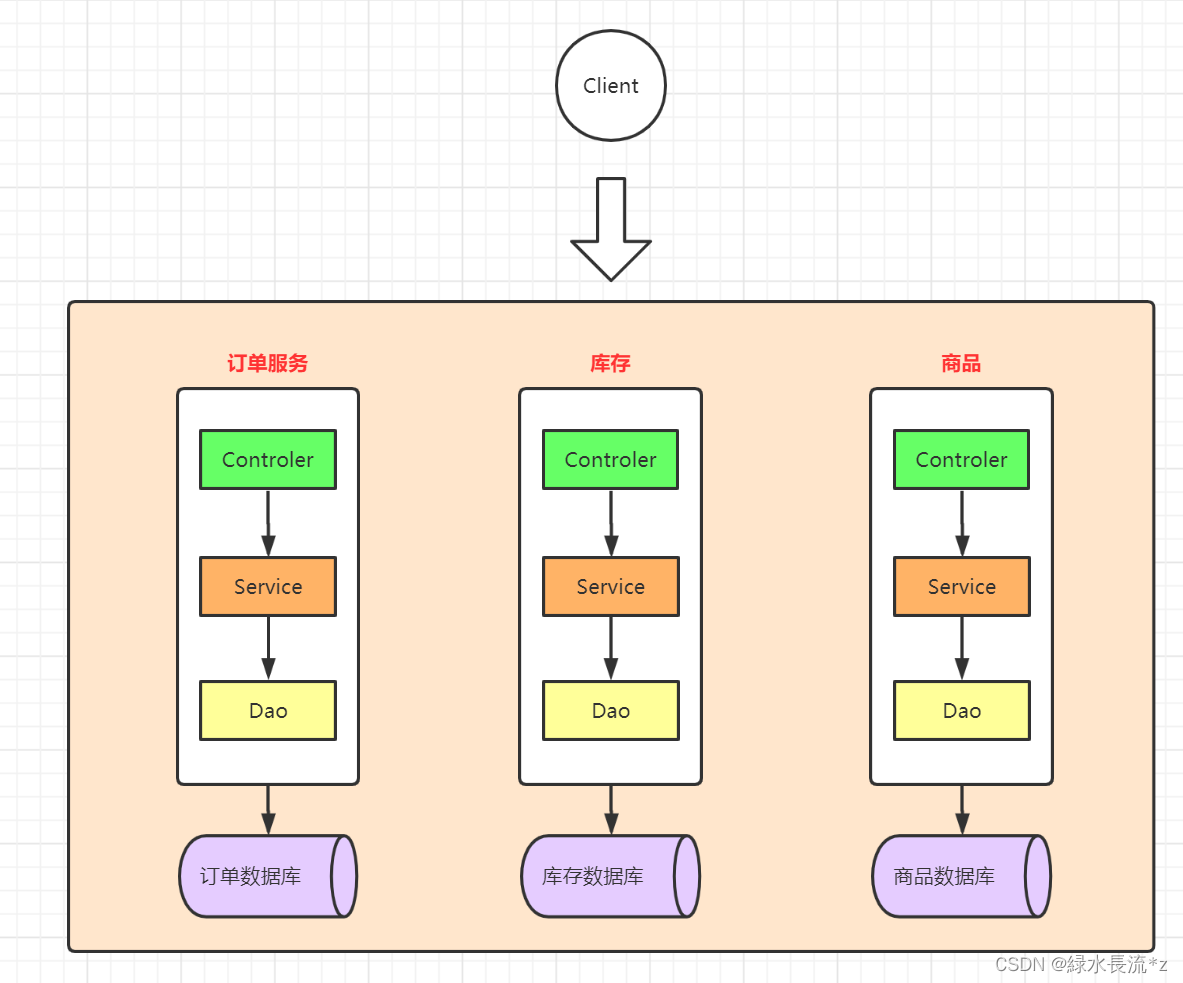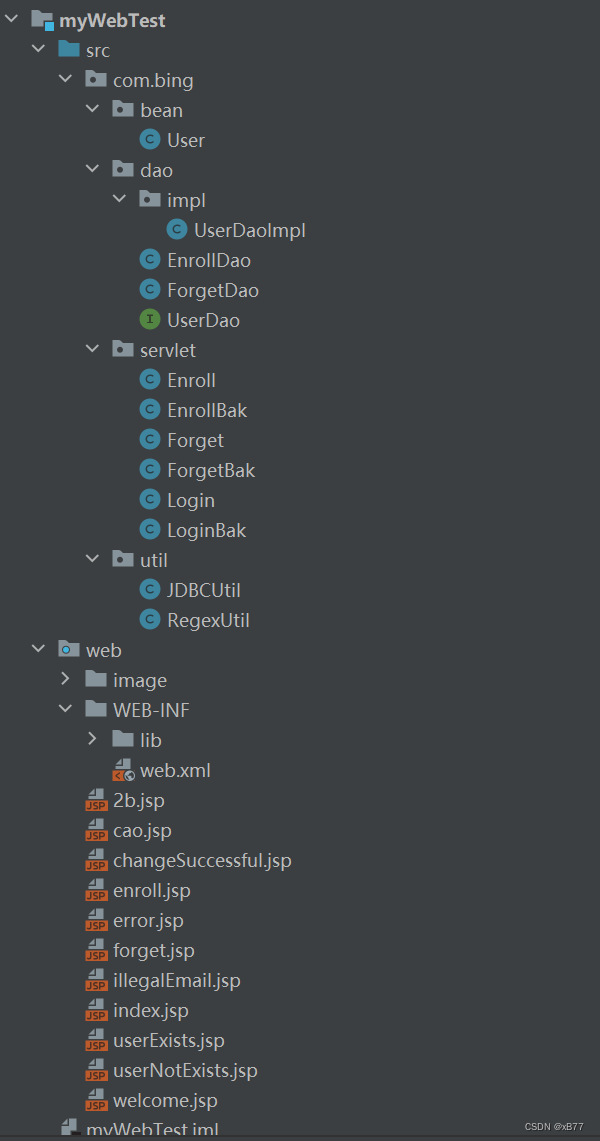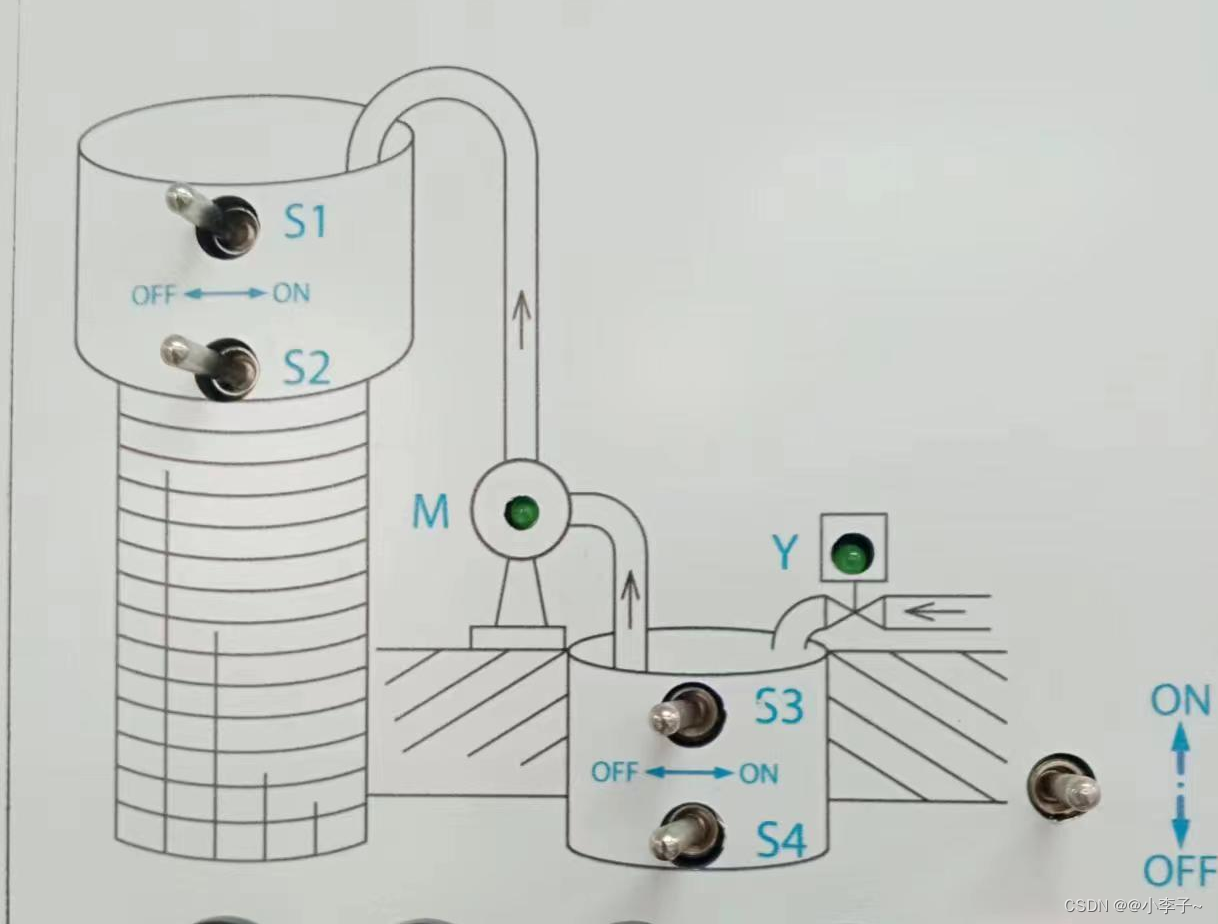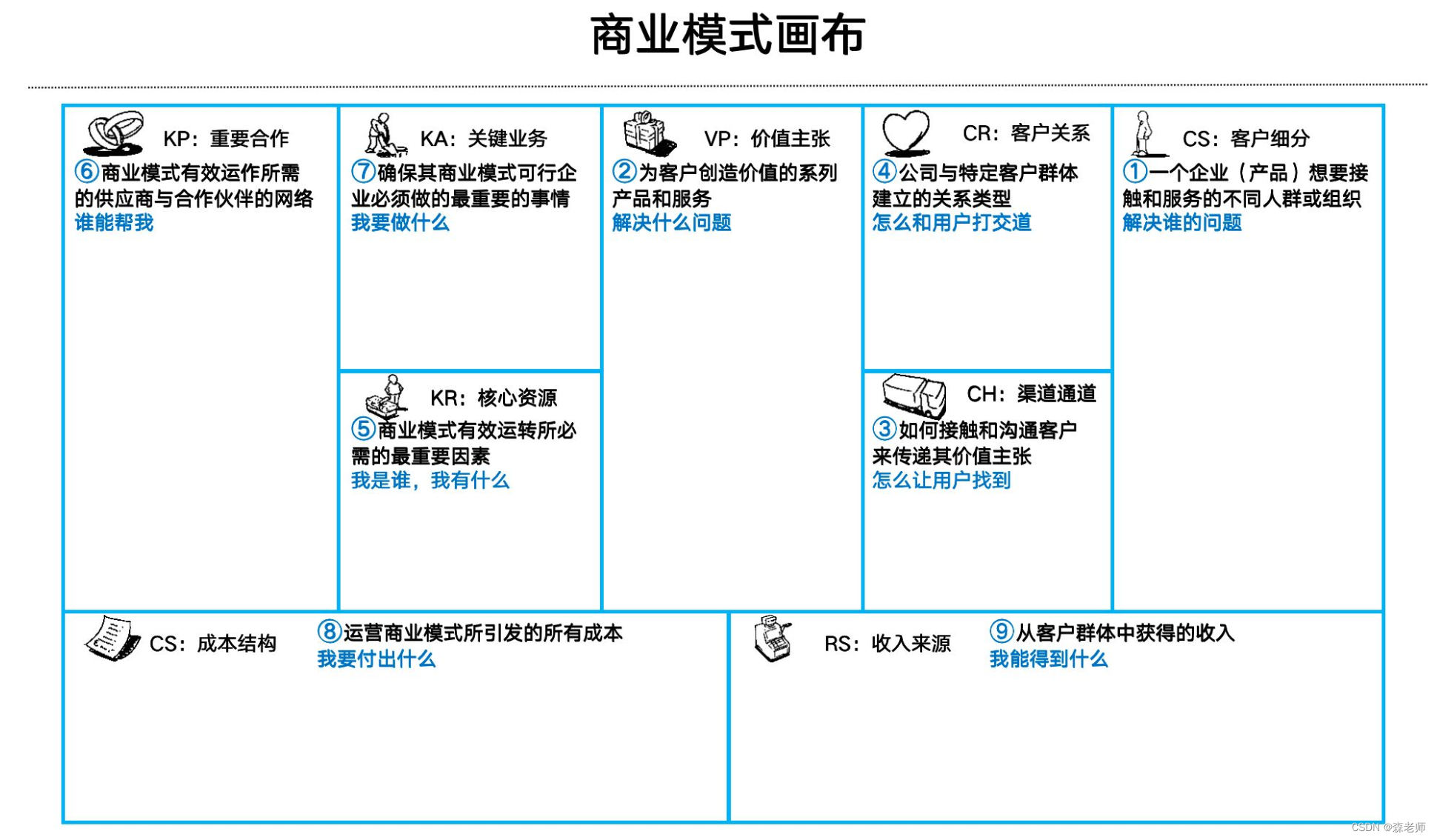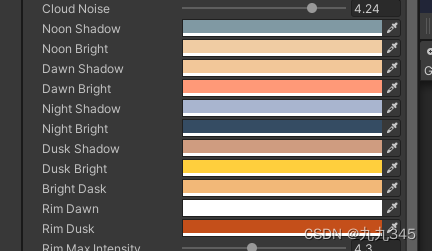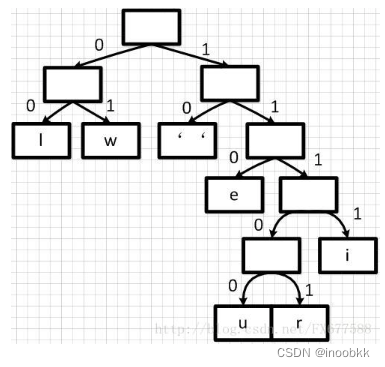1.题目描述
一个二叉树,树中每个节点的权值互不相同。
现在给出它的后序遍历和中序遍历,请你输出它的层序遍历。
输入格式
第一行包含整数 N,表示二叉树的节点数。
第二行包含 N个整数,表示二叉树的后序遍历。
第三行包含 N 个整数,表示二叉树的中序遍历。
输出格式
输出一行 N 个整数,表示二叉树的层序遍历。
数据范围
1≤N≤30,
官方并未给出各节点权值的取值范围,为方便起见,在本网站范围取为 1∼N。
输入样例:
7
2 3 1 5 7 6 4
1 2 3 4 5 6 7
输出样例:
4 1 6 3 5 7 2
2.思路分析
后序遍历根节点在最后一个,前序遍历根节点是第一个,根据根节点位置在中序遍历中可以区分出左右子树,据此来重建二叉树。
本题难点在于递归建树时,中序和后序遍历的区间选择,举例如下图:

3.Ac代码
import java.io.BufferedReader;
import java.io.IOException;
import java.io.InputStreamReader;
import java.util.ArrayDeque;
import java.util.HashMap;
import java.util.Queue;
public class Main {
static int N=40;
//后序遍历,中序遍历
static int []postorder=new int[N];
static int []inorder=new int[N];
static HashMap<Integer,Integer> idx=new HashMap<>(); //存储中序遍历的下标
static HashMap<Integer,Integer> l=new HashMap<>();
static HashMap<Integer,Integer> r=new HashMap<>();
public static void main(String[] args) throws IOException {
BufferedReader br=new BufferedReader(new InputStreamReader(System.in));
int n=Integer.parseInt(br.readLine());
String []s=br.readLine().split(" ");
for (int i = 0; i < n; i++) postorder[i]=Integer.parseInt(s[i]);
s=br.readLine().split(" ");
for (int i = 0; i < n; i++) {
inorder[i]=Integer.parseInt(s[i]);
idx.put(inorder[i],i );
}
int root=bulide(0,n-1,0,n-1); //构建二叉树
bfs(root);
}
private static void bfs(int t) { //BFS用来层序遍历输出
Queue<Integer> que=new ArrayDeque<>();
que.add(t);
while (!que.isEmpty()){
int root=que.poll();
System.out.print(root+" ");
if(l.containsKey(root)) que.add(l.get(root)); //判断该节点的左右儿子是否存在
if(r.containsKey(root)) que.add(r.get(root)); //存在则加入队列,等待下一层遍历
}
}
private static Integer bulide(int il, int ir, int pl, int pr) {
int root=postorder[pr]; //根节点是后序遍历的最后一个
int k=idx.get(root); //获取根节点在中序遍历中的下标
if(il<k) //如果中序遍历有节点小于根节点,那么存在左子树
//下面两行是难点,举例解释见图
l.put(root,bulide(il,k-1,pl,pl+k-1-il));
if(ir>k) //如果中序遍历有节点大于根节点,那么存在右子树
r.put(root,bulide(k+1,ir,pl+k-il,pr-1));
return root;
}
}
感谢你能看完, 如有错误欢迎评论指正,有好的思路可以交流一波,如果对你有帮助的话,点个赞支持下
